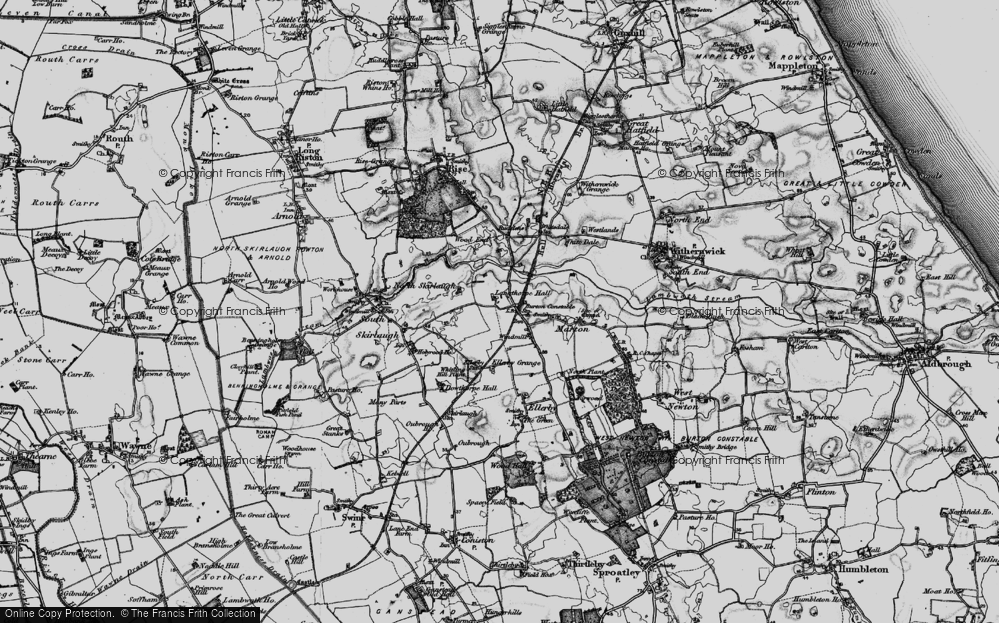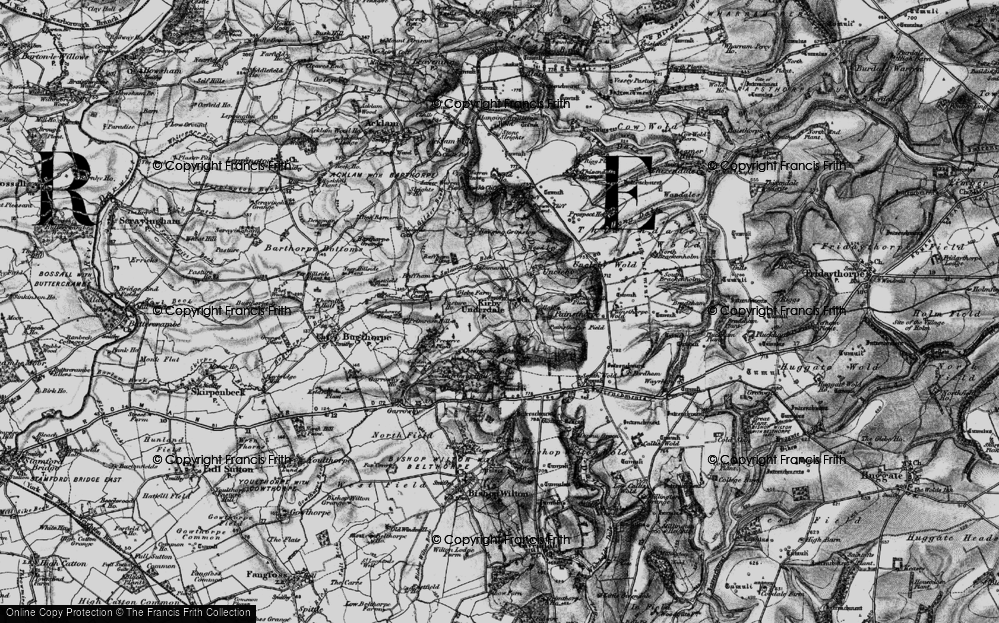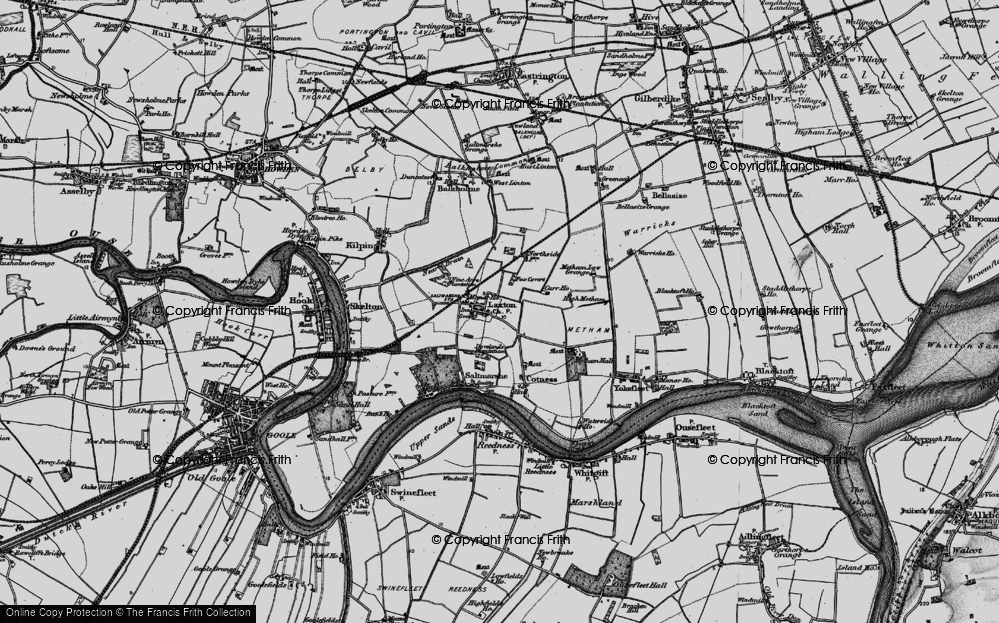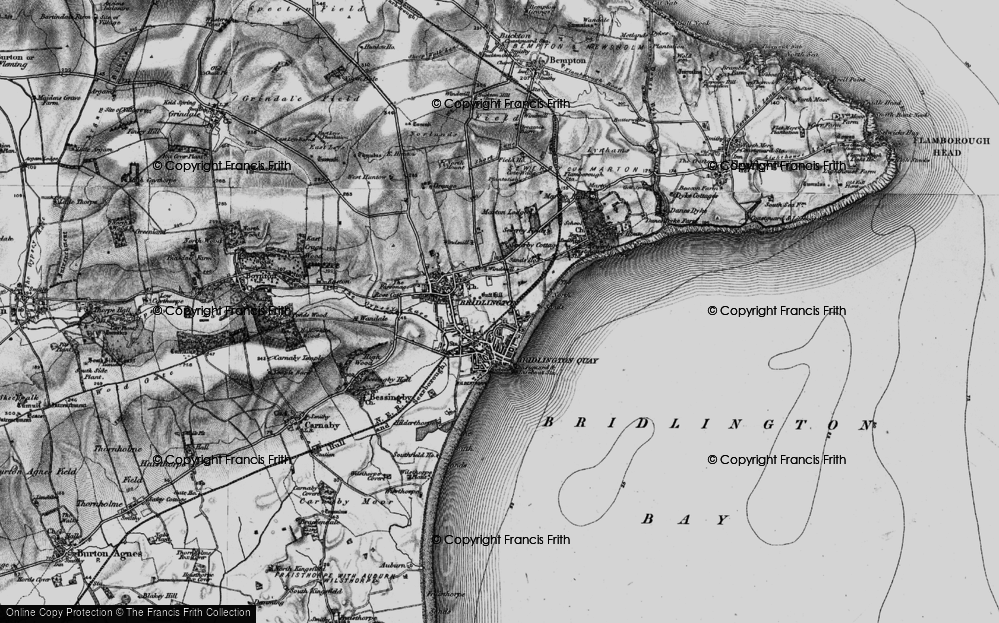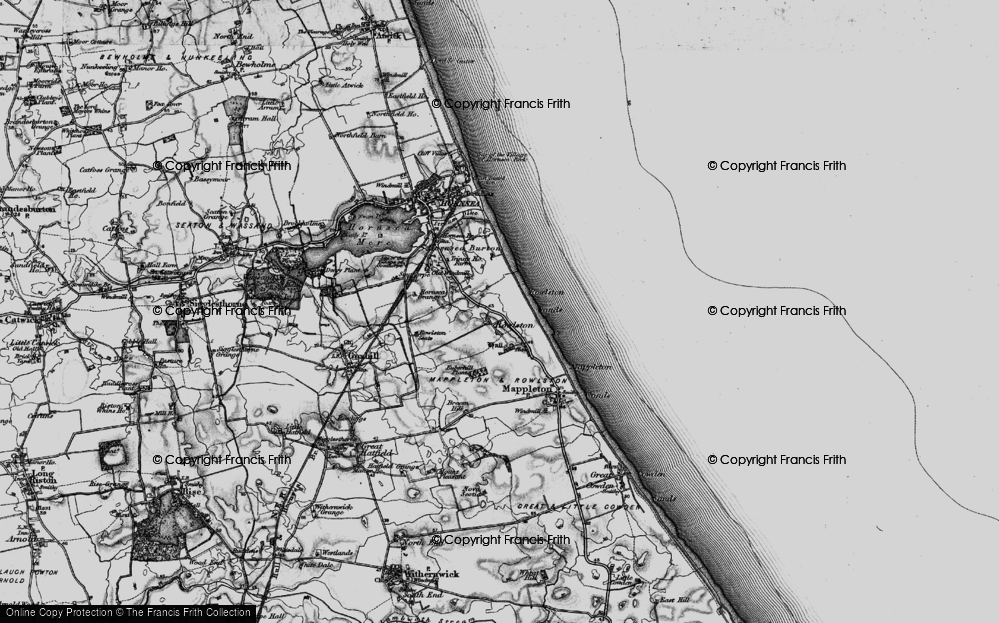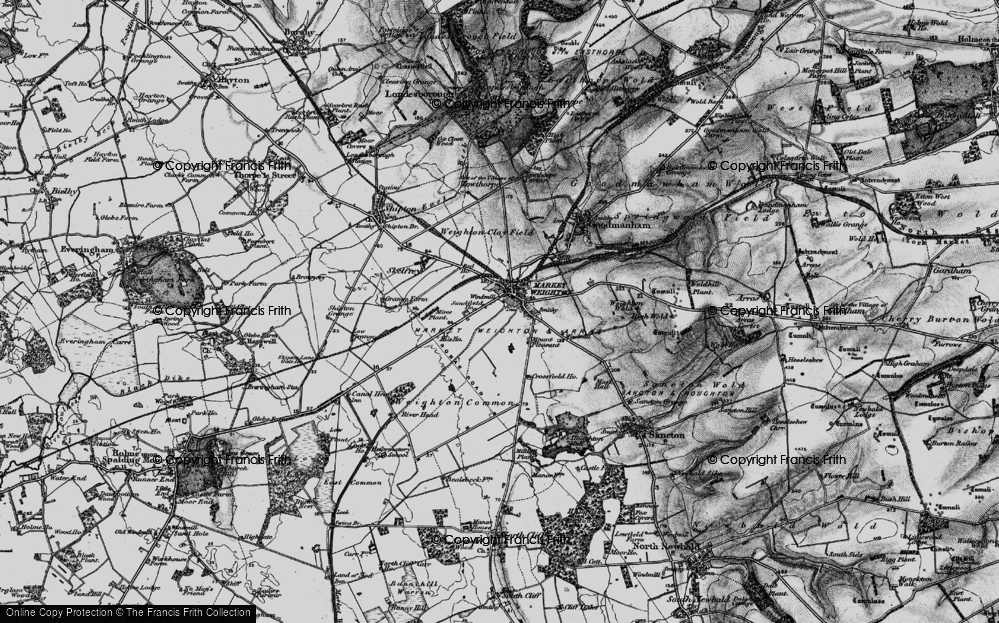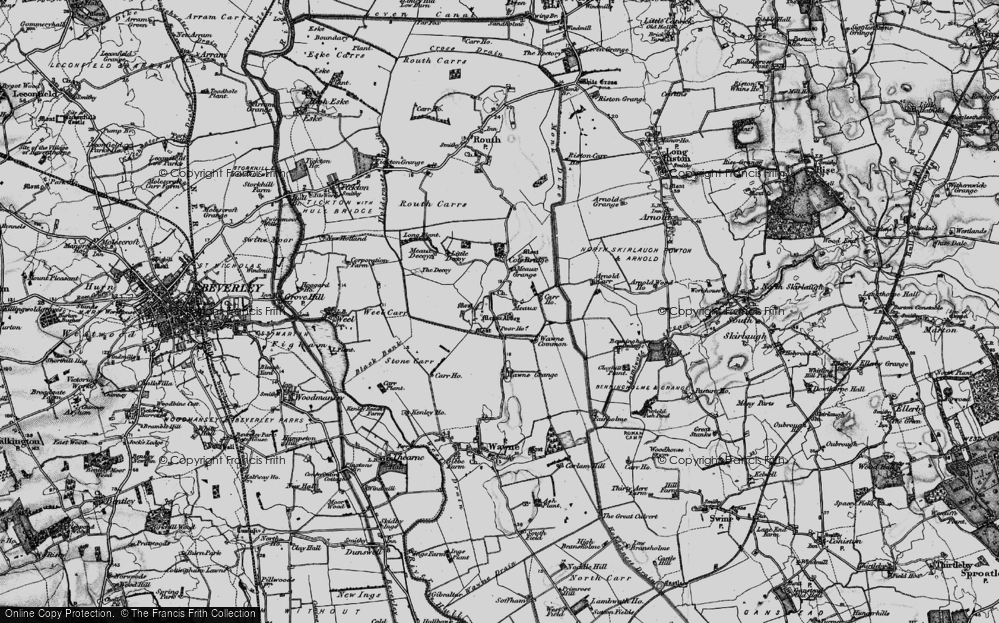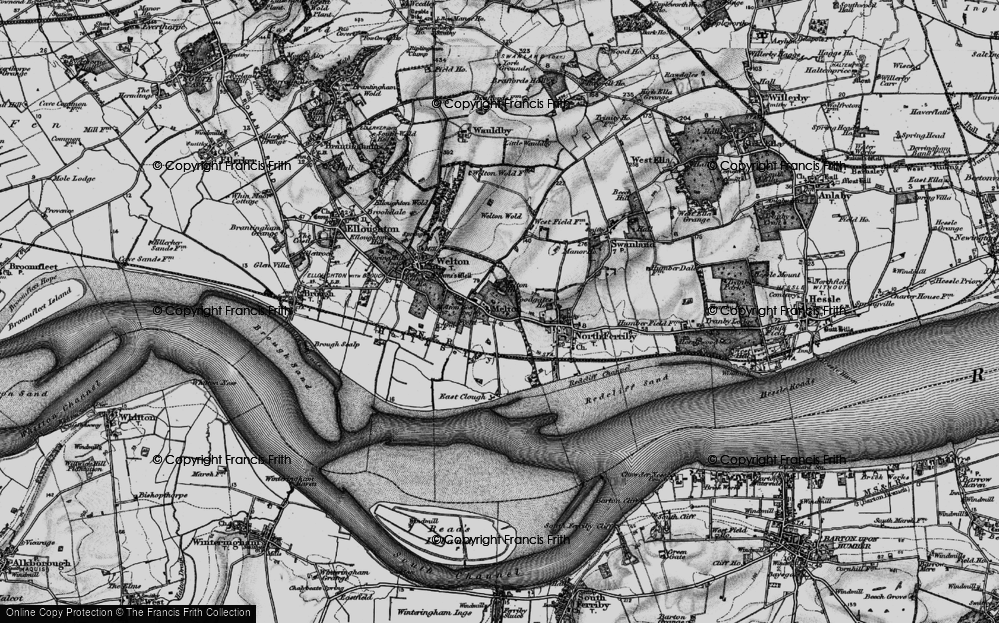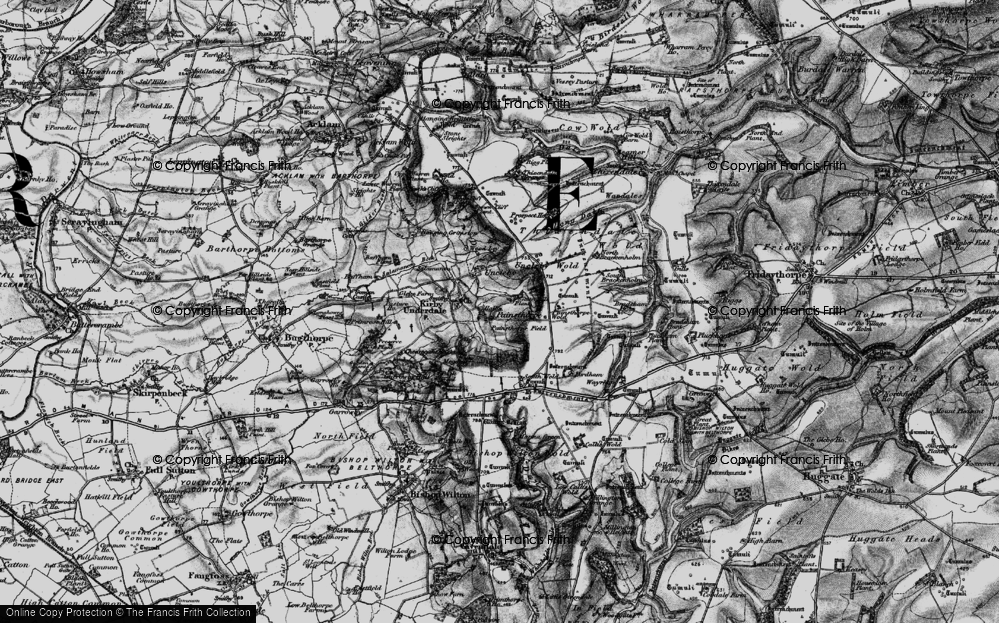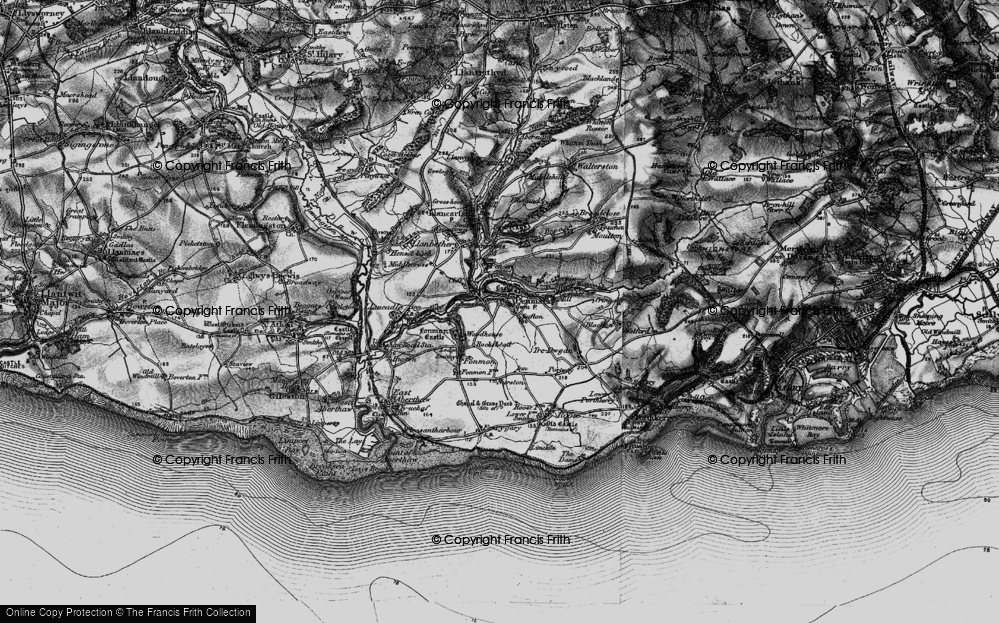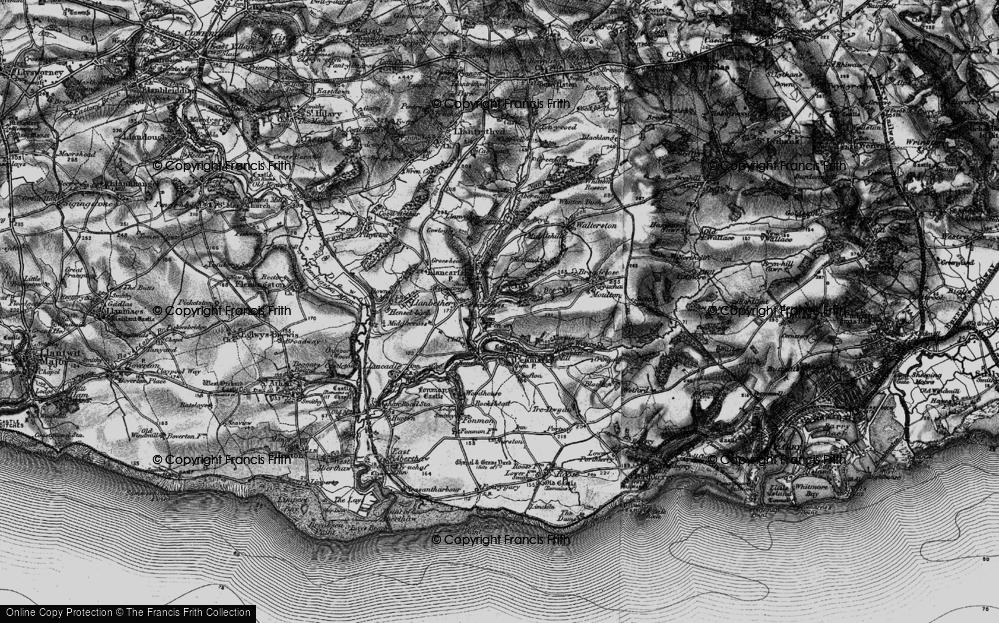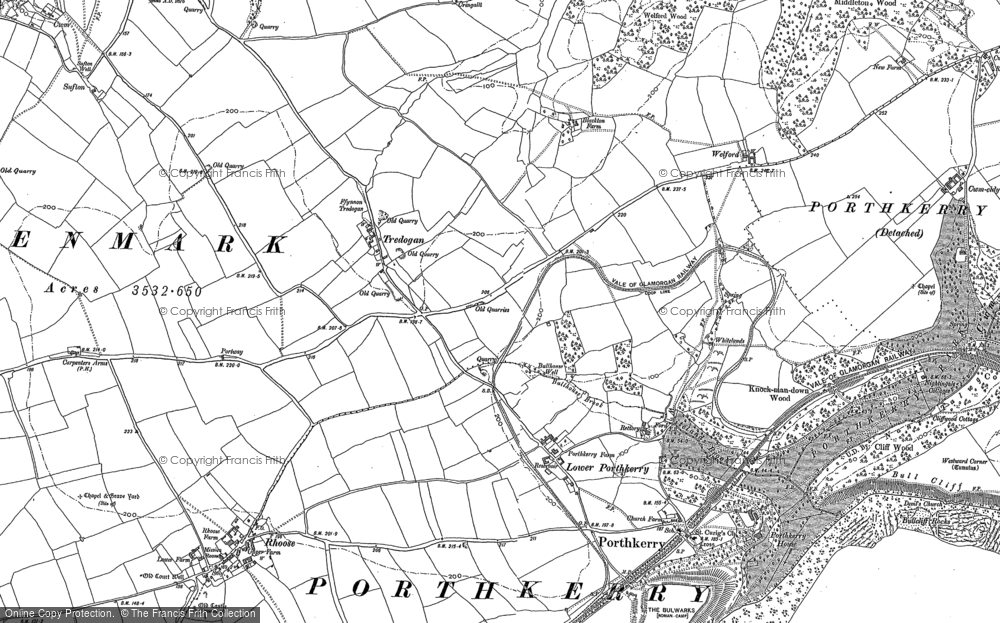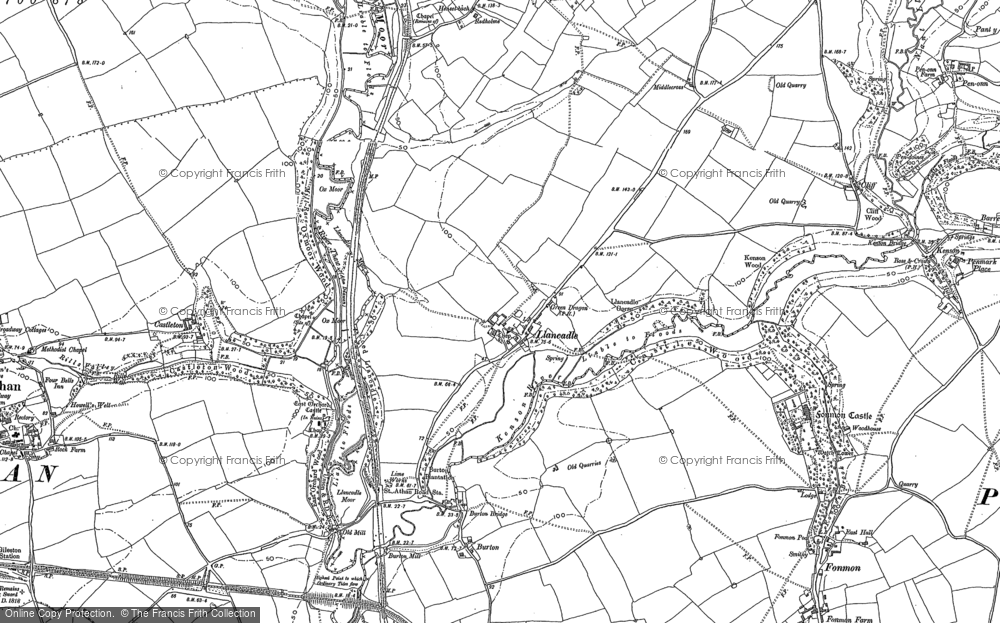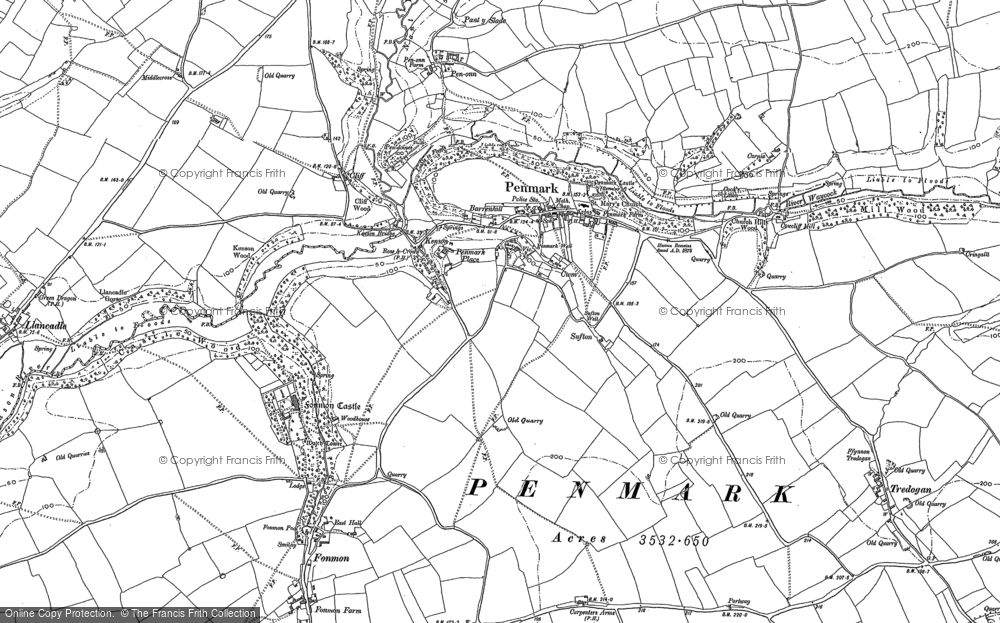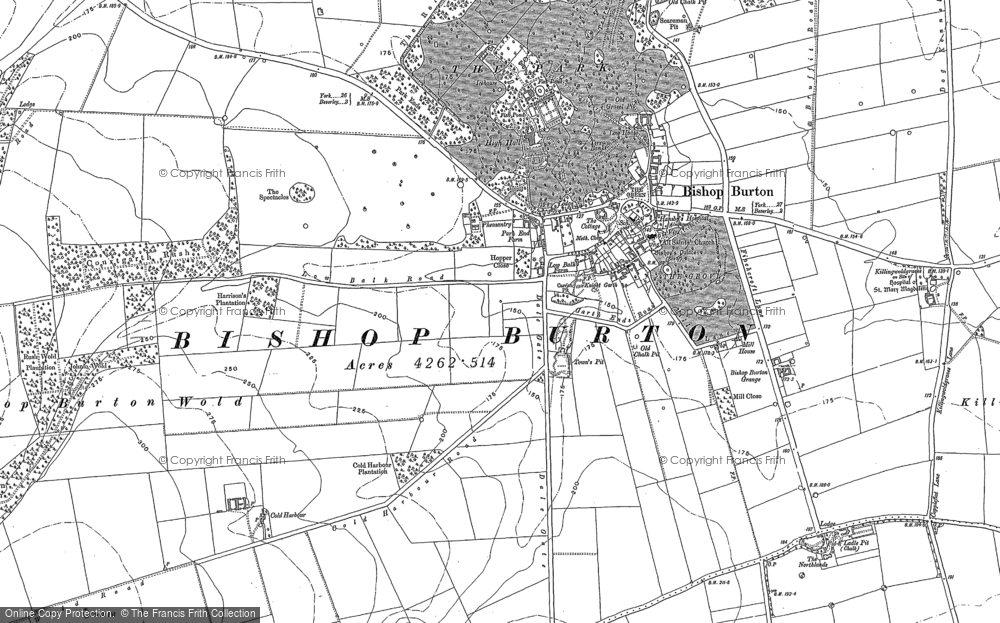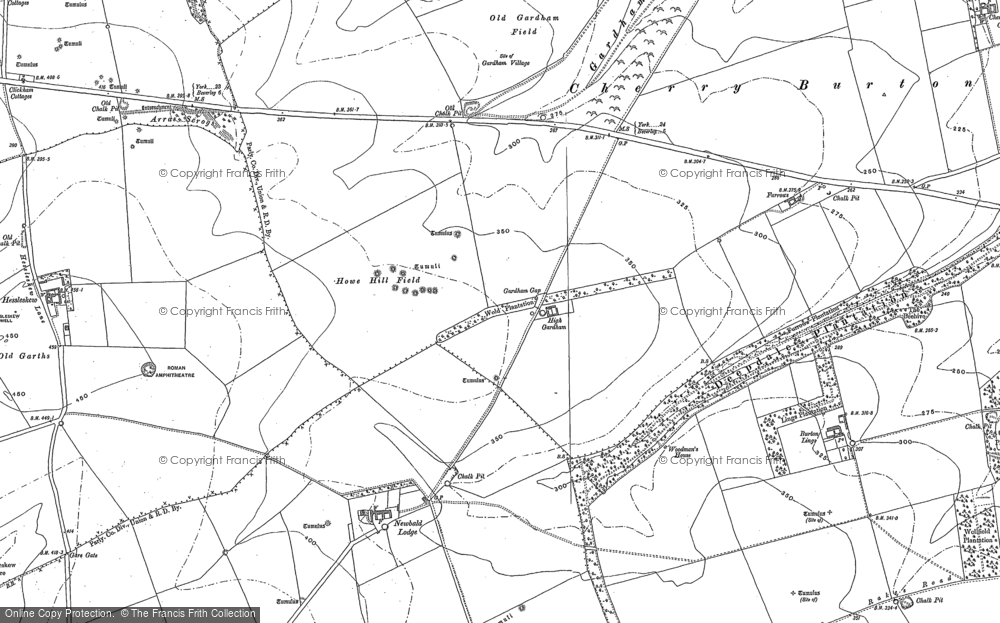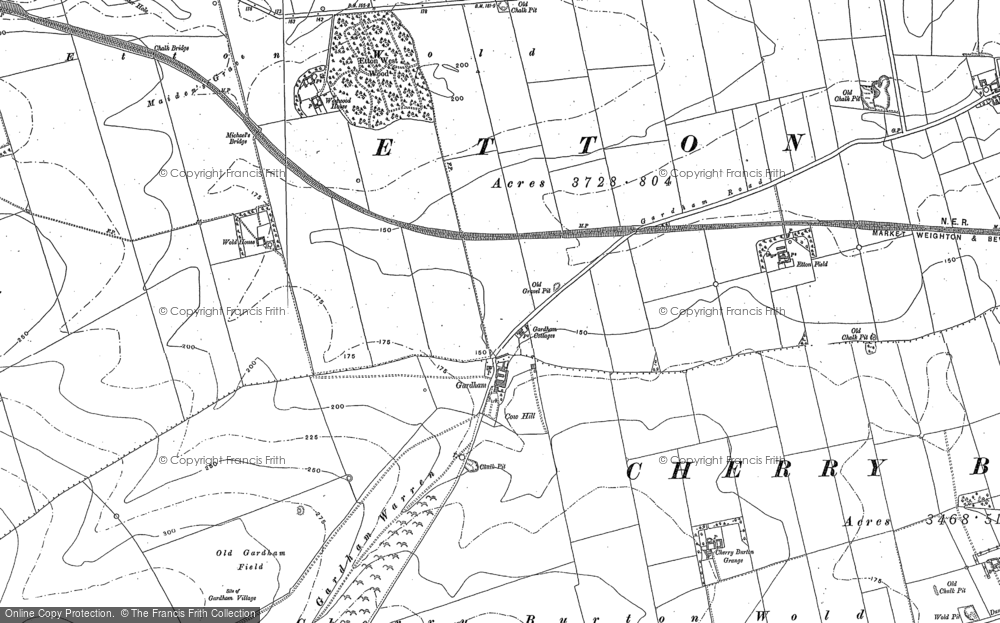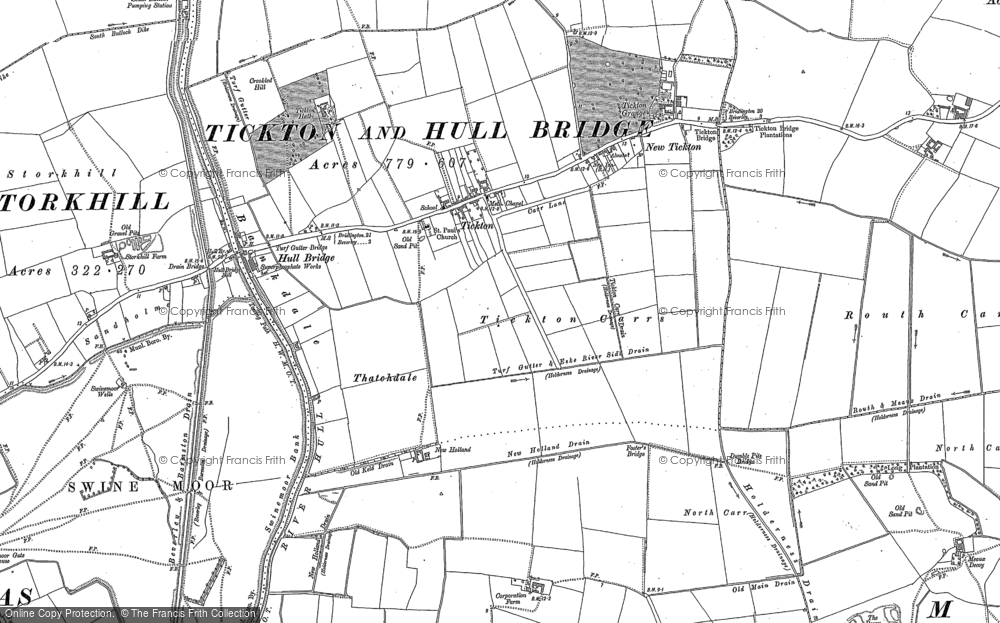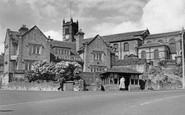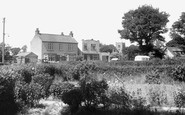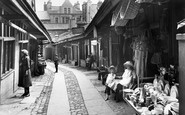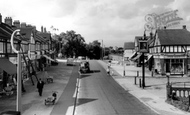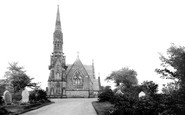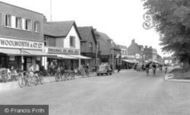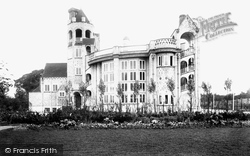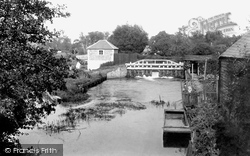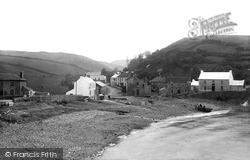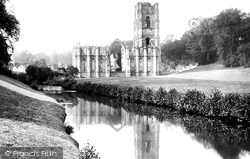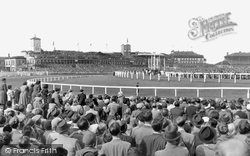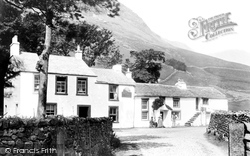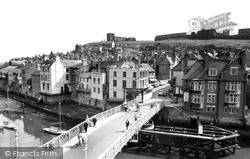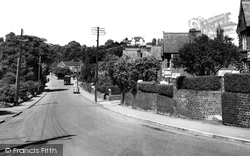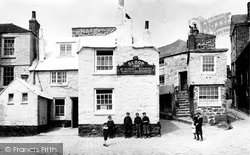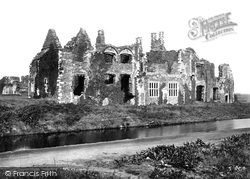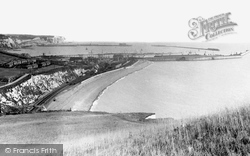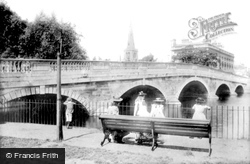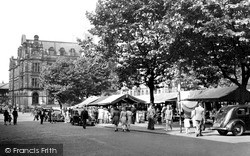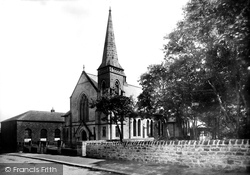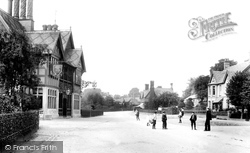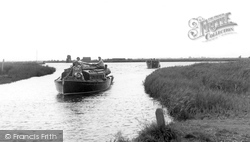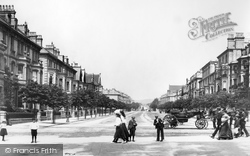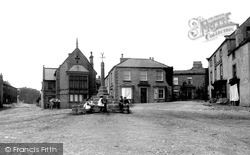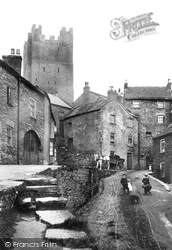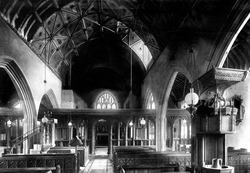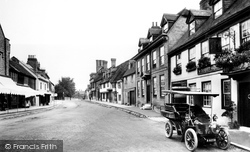Merry Christmas & Happy New Year!
Christmas Deliveries: If you placed an order on or before midday on Friday 19th December for Christmas delivery it was despatched before the Royal Mail or Parcel Force deadline and therefore should be received in time for Christmas. Orders placed after midday on Friday 19th December will be delivered in the New Year.
Please Note: Our offices and factory are now closed until Monday 5th January when we will be pleased to deal with any queries that have arisen during the holiday period.
During the holiday our Gift Cards may still be ordered for any last minute orders and will be sent automatically by email direct to your recipient - see here: Gift Cards
Places
Sorry, no places were found that related to your search.
Photos
Sorry, no photos were found that related to your search.
Maps
7,034 maps found.
Books
163 books found. Showing results 6,649 to 6,672.
Memories
22,913 memories found. Showing results 2,771 to 2,780.
The Talbot
I used to live at the Talbot Inn. In fact, it was the one and only time I have ever had a ghostly experience, I loved the place. My Dad, was the Landlord. I cried when I found out they had demolished it in 2009. So many happy memories xxxxx
A memory of Illingworth in 1984 by
The For Front Pathway
This is the pathway to the cottage, my grandparents - the Wilsons, and aunt and uncle lived in. It used to be a farmhouse, but was split into two attached dwellings. On the left, there was a snack bar, and I spent many an ...Read more
A memory of Ingoldmells by
Kerr Bookshop
Ewen Kerr opened a secondhand bookshop in New Sambles, sometime during the early years of World War II. I remember selling him some of my children's books (I now much regret that I did not keep them; I was only 17 at the time) and buying ...Read more
A memory of Kendal by
Happy Days.
I remember spending many happy times at Martins Grove Swimming Pool.The hot summer days, the park packed with children and parents. The high jumping board, the slide and fountain. I lived in Bramar Avenue. My Grandparents lived in Pinnacle Hill, I have happy memories of living in Bexleyheath.
A memory of Barnehurst in 1953 by
Bury Cemetery
My grandfather, Peter Heywood was head gardener and sexton at the cemetery till his later retirement. If anybody knows of any of the men there during the 50s' onwards, please let me know. He lived at Springwater Cottage in the valley below Lily Hill Street.
A memory of Bury in 1959 by
Argent Street Grays
I too, was born in Argent Street, No 85, next door to Potters Shop. Only the alleyway divided our house from them, and two doors away from The Castle. I have fond memories of growing up in the early sixties, and my adventures ...Read more
A memory of Grays in 1958 by
Broadway Has Not Changed ! Though Woollies Has Gone.
My Family lived here in 1955.- Dad worked in Army Police, Mum was a Housewife. I remember riding on the back of my Mum"s bike - playing near the woods with my sister (prohibited!) - travelling on ...Read more
A memory of Didcot
Good Old Stan
I was to live in Blackpool for a short while and would work on a farm; I lived with my sister and brother in law in Delphine Avenue. Lawrence my brother in law leant me his Honda fifty motorbike, I pulled into a petrol station some ...Read more
A memory of Blackpool in 1970 by
My Move To Cranford From Croydon 1948
My father was a Aircraft Engineer for K.L.M. He started as an apprentice at Croydon Airport in 1934. After the second world war, Croydon was getting too small for the larger aircraft coming along, so K.L.M. ...Read more
A memory of Cranford in 1948 by
Lower Broughton
I remember so well every Saturday going with my Mum down Lower Broughton Rd to do the shopping. We used to live on Elton Street which was across from Lower Broughton Road at one end. My Grandparents lived on Edward Street. There was a ...Read more
A memory of Salford in 1961 by
Your search returned a large number of results. Please try to refine your search further.
Captions
9,654 captions found. Showing results 6,649 to 6,672.
This is part of the marvellous system which by 1933 comprised the Grand Junction or Union Canal, linking the Thames with the Midland canal system, and providing a direct waterway link between London
In the years since this peaceful Victorian scene, Kenilworth has grown into a dormitory town of over 20,000 people.
The Grand Union was created in the 1920s from a network of independent canals linking London with the industrial towns of the West and East Midlands.
This end of a narrow valley at the foot of a steep hill has been a popular seaside resort for many years. It also had nearby coal-pits, which transported some of their coal from the beach here.
Visitors to Ripon could hire a carriage to take them on the six-mile round trip to Fountains Abbey, or, if they were feeling fit enough, they could walk it.
There have been race meetings in Doncaster since 1600, but it was the St Leger of 1776 that put the town on the racing calendar.
Wasdale and Wastwater can be said to have seen the birth of the sport of rock climbing, and climbers from all over Britain have stayed at the local hostelries such as the Victoria Hotel.
The building on the right of the bridge was called the Custom House Hotel at this date - it was later named the Dolphin. The original Custom House was in Sandgate on the other side of the road.
A product of the increasing urbanisation of Dinas Powis at the close of the 19th century, Mill Road preserves the name of the nearby Mill Farm.
This popular inn on the harbour at St Ives is said to date back to 1312. In the 20th century it became a favourite haunt of the St Ives artists' colony. There is now a small porch by the doorway.
The abbey was founded by Richard de Granville in about 1130, at the same time as he established his castle on the other side of the river.
A member of the local constabulary is on point duty in Lord Street.
A panoramic view taken from Shakespeare Cliff shows to advantage the sweep of this famous harbour.
The medieval river bridge was replaced by the Improvement Commissioners set up by Act of Parliament in 1803.
Preston also had a covered market, so this busy scene could be the yearly Pot Market, which took place in the square for eight days.
Between 1840 and 1885 only one new Wesleyan chapel was opened in Leeds: at Roscoe Place in 1861.
Ferdinand de Rothschild who built Waddesdon Manor also reworked the village, this time choosing a picturesque Olde English style with lots of half-timbering and ornate chimney stacks.
This tiny settlement is set in a remote area of the Broads, where willows and reed beds thrust out into the waters narrowing the passage.
The main entrance is on the right, and the Lunatic Asylum entrance on the left. At the front of our picture is the monument to the Duke of Wellington that was unveiled on 30 August 1856.
Hove, a small fishing village west of Brighton, developed slowly from the mid 19th century onwards. As at Brighton, large areas of working class housing arose away from the sea front.
Middleham was once a major market town, but it is famous for two things: the training of racehorses, and its castle, home to Richard III.
A steep lane climbs up round the edge of the castle. This picture gives us an idea of the impressive appearance of the 12th-century keep.
The pulpit here at St James was used for forty six years in the 19th century by Jack Russell, the famous hunting parson.
The east end of the High Street, looking east.
Places (0)
Photos (0)
Memories (22913)
Books (163)
Maps (7034)


